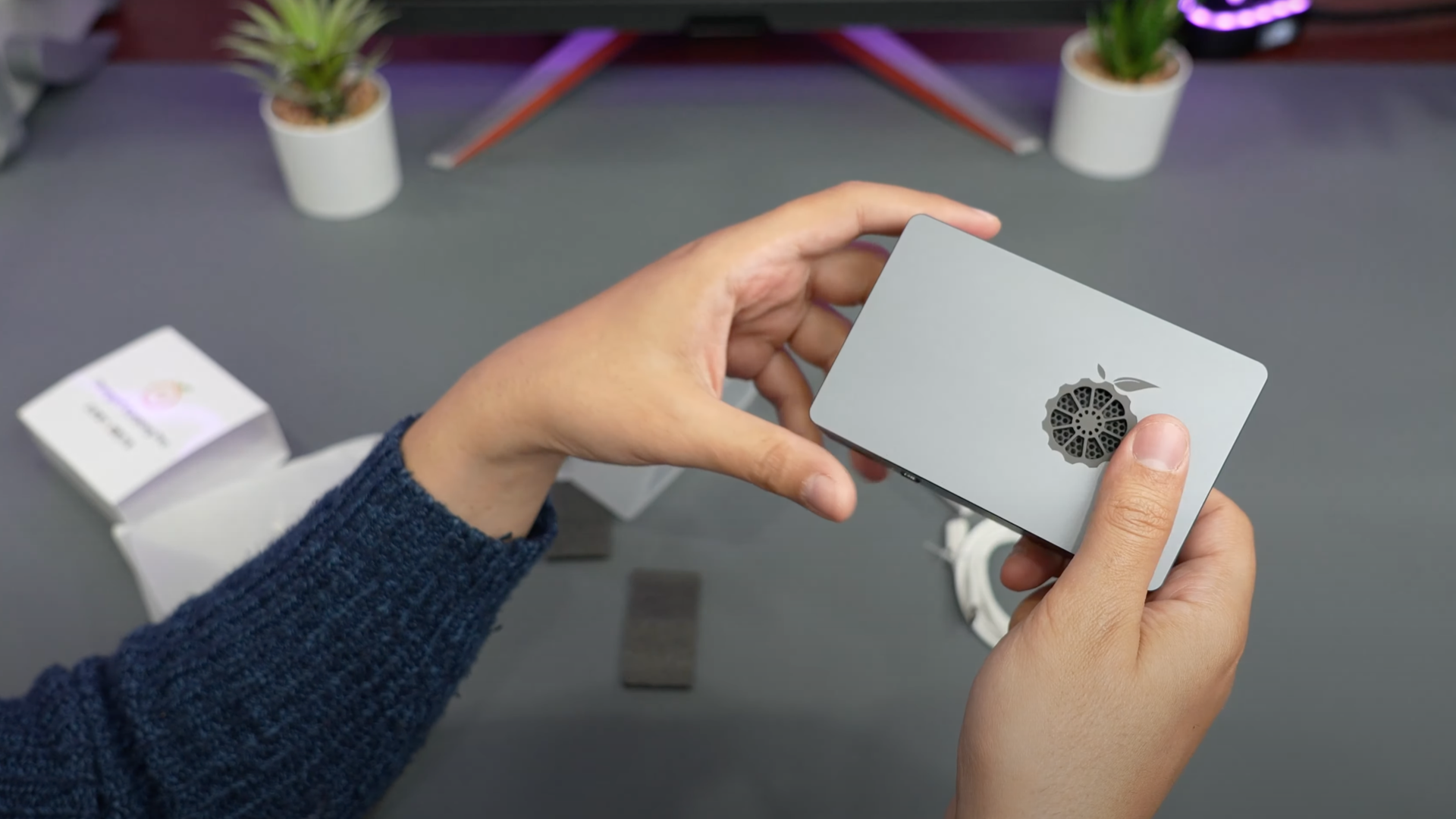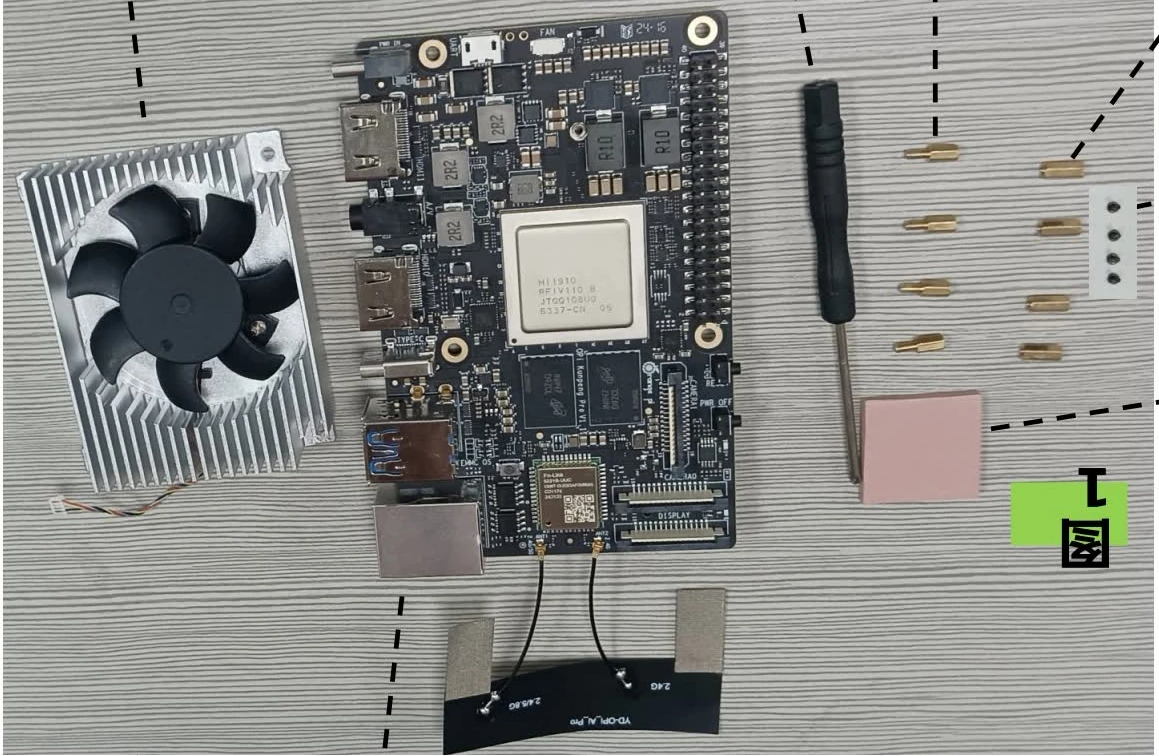
The Orange Pi Kunpeng Pro development board, which was announced back in May, has always had a secret — we knew the Raspberry Pi alternative had a 64-bit quad-core Arm processor, but little else was certain because Huawei and OrangePi had refused to post the type of processor used in the device. Thanks to a recent teardown, a few more facts have been revealed.
Orange Pi removed all of the board’s markings, and Huawei doesn’t disclose the architecture and GPU behind the Kunpeng Pro. This is, of course, a common practice for the Chinese chipmaker as it tries to evade U.S. export restrictions by avoiding prying Western eyes.
One of the chips is labeled, however. A “Hi 1910” label points to what may be a HiSilicon Hi1910 AI module. This chip is also used in the Atlas 200 AI module, which delivers 22 TOPS of AI performance. The Orange Pi Kunpeng Pro is described as having only 8 TOPS, so CNX Software suggests Orange Pi may be using a scaled-down version to reduce cost.

After reading our previous coverage of the Orange Pi Kunopeng Pro in which we pointed out that the chip was intentionally obscured, YouTuber Technically Unsure (video below) set out to attain one to reveal the chip under the hood. While Orange Pi doesn’t officially sell the Kunpeng Pro outside of China, the channel managed to get a sample board. The sample he received shows itself as Orange Pi Ai Pro in the Linux fastfetch output. It runs OpenEuler 22.03 OS, a Red Hat derivative built on the Linux 5.10.10 kernel.
Since the operating system is dominated by Chinese outputs, Technically Unsure struggled to get the more advanced features of the SBC to work. His sleuthing using an oscilloscope, multimeter, and Linux’s built-in benchmarking tools revealed some interesting details.
The Orange Pi Kungpeng Pro’s CPU processed 8020.46 events. Technically Unsure points out that the Raspberry Pi 5 CPU can handle at least 10,000 events per second.
In the testing, Technically Unsure could not get GPU acceleration to work, nor could he benchmark the AI capabilities. He disassembled the computer and installed an M.2 NVMe SSD, which Linux sees and mounts just fine. Regardless, he could not get GPU acceleration working, and many of the sample tests installed on the system unceremoniously failed.
Still, the teardown and evaluation confirm some of what we already suspected about the origins of the secretive processor. The new Orange Pi Kunpeng Pro SoC is positioned as a Chinese alternative to AI-capable single-board computers, but it seems its capabilities lag behind what competitors currently offer.







